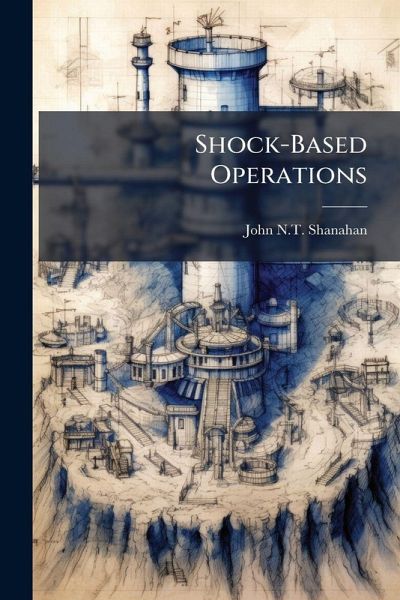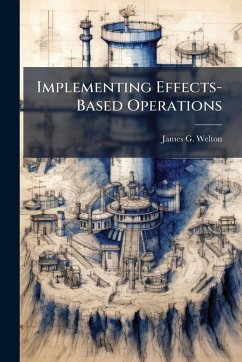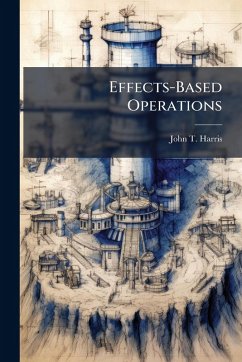
Shock-Based Operations

PAYBACK Punkte
7 °P sammeln!
The rapid pace of technological change demands equally frenetic efforts by our military to find more effective ways to deter and defeat our potential competitors and battlefield opponents. Over the past decade or so, we have been moving at an impressive pace in our attempts to advance military doctrine and improve joint military operations. Nevertheless, for the most part our changes to warfighting doctrine have been largely evolutionary. It is time to cross a new threshold. Apart from gaining a better understanding of technology's effects on our ability to fight and win wars, we need to imple...
The rapid pace of technological change demands equally frenetic efforts by our military to find more effective ways to deter and defeat our potential competitors and battlefield opponents. Over the past decade or so, we have been moving at an impressive pace in our attempts to advance military doctrine and improve joint military operations. Nevertheless, for the most part our changes to warfighting doctrine have been largely evolutionary. It is time to cross a new threshold. Apart from gaining a better understanding of technology's effects on our ability to fight and win wars, we need to implement revolutionary changes in both targeting and combat assessment doctrine at the strategic, operational, and tactical levels of war. We need a warfighting doctrine that places more emphasis on the ability to overwhelm our adversaries both physically and mentally. Specifically, the objective must be to induce mental and physical paralysis in our opponents-paralysis that will inject a false orientation, prevent our adversaries from adapting to their ever- changing surroundings, and cripple their ability to react to U.S. or coalition actions. I call this a doctrine of shock-based operations." Following a more detailed investigation of this doctrine I propose a new method of battlespace assessment, itself one of the most important aspects of shock-based operations. This work has been selected by scholars as being culturally important, and is part of the knowledge base of civilization as we know it. This work was reproduced from the original artifact, and remains as true to the original work as possible. Therefore, you will see the original copyright references, library stamps (as most of these works have been housed in our most important libraries around the world), and other notations in the work. This work is in the public domain in the United States of America, and possibly other nations. Within the United States, you may freely copy and distribute this work, as no entity (individual or corporate) has a copyright on the body of the work. As a reproduction of a historical artifact, this work may contain missing or blurred pages, poor pictures, errant marks, etc. Scholars believe, and we concur, that this work is important enough to be preserved, reproduced, and made generally available to the public. We appreciate your support of the preservation process, and thank you for being an important part of keeping this knowledge alive and relevant.












